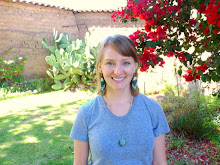When my mom realized I had a knack for writing but my reading skills lagged, she told me if I want to become a better writer, I must become a better reader. She used to reward me (bribe me?) with trips to the local dollar store when I would finish chapter books without help. My mom was the first of many teachers and mentors to encourage me to become a student of the art of writing so I can understand and perfect my own storytelling abilities.
Today, besides reading for enlightenment, escape or enjoyment, I pour over literature to learn what and how things flow, excite, flabbergast, fizzle, rile and curdle blood. I picked up a couple books this fall when I became more serious about making writing part of my everyday routine, one of them being, "Write Like the Masters: Emulating the best of Hemingway, Faulkner, Salinger, and Others," by William Cane. I'm compiling a personalized summary of each chapter not only to help me remember the writing characteristics of the greats, but also as a reference of the styles and tips I may want to experiment with in the future.
In the following several posts I will share my notes on Cane's studies.
Chapter 1 - HONORÉ DE BALZAC
Balzac’s writing characteristics:
• Realistic people
• Intricate plots
• Romance galore
• Clumsy ornate prose (but, forgivable because of the previous three)
- Include emotional tags, little references to the feelings of his characters, to add power to your writing. Emotional tags are unnecessary during everyday occurrences in your story. However, emotional tags are when the pace accelerates, when characters react with pivotal emotions such as anger, pride, hubris, longing, love, envy or hatred.
Example from "Père Goriot
- Create the potential for change in your protagonist, even if only a subtle change.

No comments:
Post a Comment